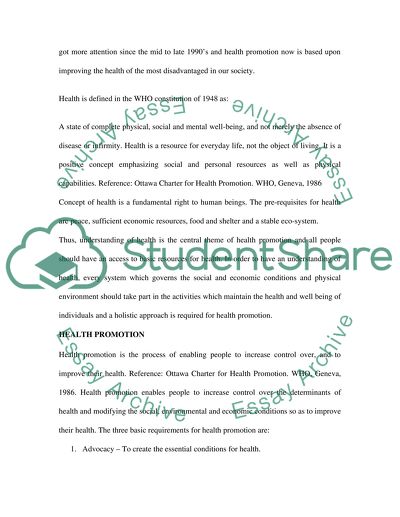Cite this document
(“Health promotion Essay Example | Topics and Well Written Essays - 2500 words”, n.d.)
Health promotion Essay Example | Topics and Well Written Essays - 2500 words. Retrieved from https://studentshare.org/health-sciences-medicine/1511163-health-promotion-essay
Health promotion Essay Example | Topics and Well Written Essays - 2500 words. Retrieved from https://studentshare.org/health-sciences-medicine/1511163-health-promotion-essay
(Health Promotion Essay Example | Topics and Well Written Essays - 2500 Words)
Health Promotion Essay Example | Topics and Well Written Essays - 2500 Words. https://studentshare.org/health-sciences-medicine/1511163-health-promotion-essay.
Health Promotion Essay Example | Topics and Well Written Essays - 2500 Words. https://studentshare.org/health-sciences-medicine/1511163-health-promotion-essay.
“Health Promotion Essay Example | Topics and Well Written Essays - 2500 Words”, n.d. https://studentshare.org/health-sciences-medicine/1511163-health-promotion-essay.


